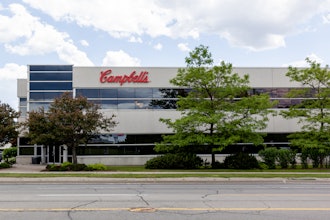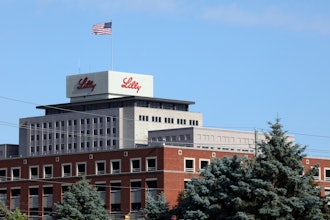 By JOHN FREHSE, Chief Strategic Officer, Core Practice LLC
By JOHN FREHSE, Chief Strategic Officer, Core Practice LLC
Recently I stood before a plant management team sharing labor strategies that could help resolve some serious cost problems associated with inefficient shift schedules. The plant manager talked about some of the team’s greatest achievements. Number one was keeping overtime below 5 percent. Corporate listed low overtime as a key performance indicator, and minimizing it was critical to plant bonuses.
In environments where demand is flat, overtime is rarely used, typically only to fill vacancies. However, seasonal and variable-demand profiles present a very different problem. Customers want their product or service on demand. Yet the fear of excess overtime has led management teams to overlook this mighty tool and make less strategic decisions. In today’s world, cost competitiveness has magnified the impact of these shortsighted tactical decisions as more management teams are forced to reduce every unnecessary cost.
The three most common errors are:
Peak demand staffing. Plant management teams can staff for peak demand and always have enough labor to get the job done on short notice. Additional full-time employees are expensive with all the fixed costs associated with health benefits, vacations, holidays and taxes. A common practice in today’s environment is management teams carrying additional headcount to avoid what they assume are the high costs of overtime.
Disregarding customer service as a priority. This is not really an option because it results in lost opportunity and lost customers. Management teams can produce at a steady pace and sell out of items if production volumes cannot meet customer demand. This option is an automatic failure in today’s on-demand world, because customers do not tolerate shortages.
Overstocking, high inventory levels. Overproducing to have a “cushion” of extra product in the warehouse to handle volume fluctuations is another option. But this has a variety of problems. Companies may meet customer demand but at a very high cost. The carrying cost of inventory can force charging higher prices and mean losing the competitive edge. Also, obsolescence costs become a reality in a world where tastes change quickly and product expiration is always a concern.
To translate this into a discussion about cost, we must look at the true costs associated with being either understaffed or overstaffed.
The Strategic Use of Overtime
Overtime, within reasonable limits, is a way to flex up to meet variable and seasonal demand. Companies carry only the headcount they need during low-volume periods and flex with overtime hours to meet customer needs. Because employees are already trained and benefits are already paid in the first 40 hours (assuming 100 percent absorption of those hours), the incremental or adverse costs associated with this strategy are very low.
Breaking Down Labor Costs
Labor costs must be broken down into three key components to fully understand how they work during different modes of operation. An accurate understanding of these costs will lead management teams to make more profitable decisions.
Average Wage
This is the base wage, not including benefits, typically paid to a particular group of employees within a plant. The average wage should be considered based on each department group — maintenance, production, quality, sanitation and distribution as examples. Temporary, part-time and seasonal employees should also be considered.
Fringe Benefits (Burden)
These benefits are typically fixed costs, including medical insurance, 401(k) plans and dental plans, to name a few. Other items, such as FICA, FUTA and SUTA, should also be included. They should be expressed as a percentage of the average wage.
What’s your take? Please feel free to comment below! Tune into the Chemical Equipment Daily for part two of this two-part series. For more information, please visit www.corepractice.com.


















